You’re not bad at math. Like pearls before swine, your beautiful brain is just far too complex for such basic things. property= description.
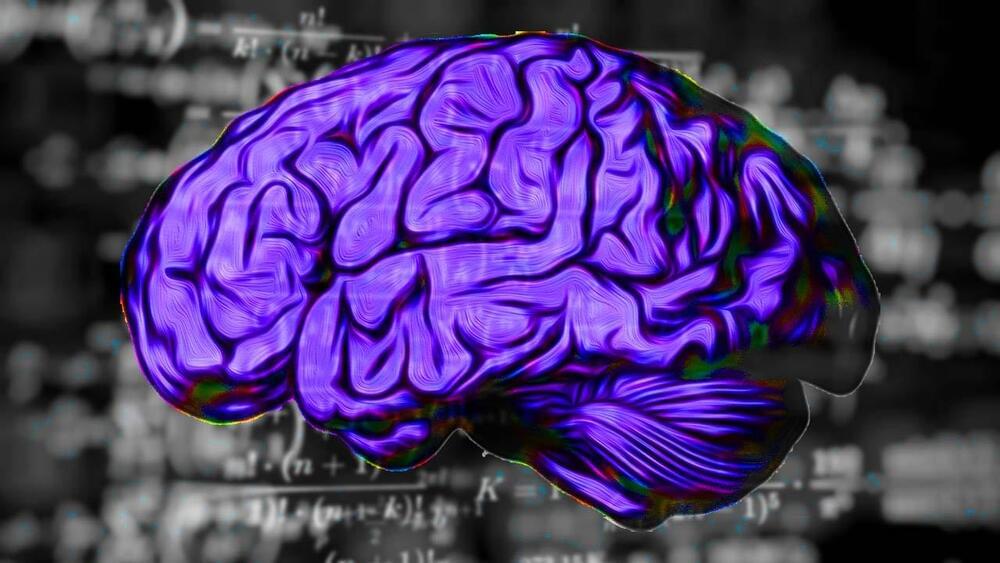



ETH physicists have modified one of the major schemes for quantum error correction and put it into practice, demonstrating that they can substantially prolong the lifetime of quantum states—a crucial ingredient for future large-scale quantum computers.
In modern computing devices, literally billions of transistors work restlessly in almost perfect harmony. The keys to producing near-perfect computation from devices made from imperfect components are the use of digitisation and error correction, with the latter encompassing procedures to detect and rectify inaccuracies as they occur. The challenge of preventing errors from accumulating is one that future quantum computers have to face as well—in fact it forms the main barrier to realizing useful computations. Alas, the tools that have been perfected for classical computers cannot be applied directly to quantum computers, which play by another set of rules, those of quantum mechanics. Ingenious solutions for quantum error correction have been proposed over the past couple of decades, and recently there has been encouraging progress towards implementing such methods in state-of-the-art quantum computers. Writing in Nature Physics, the group of Prof.
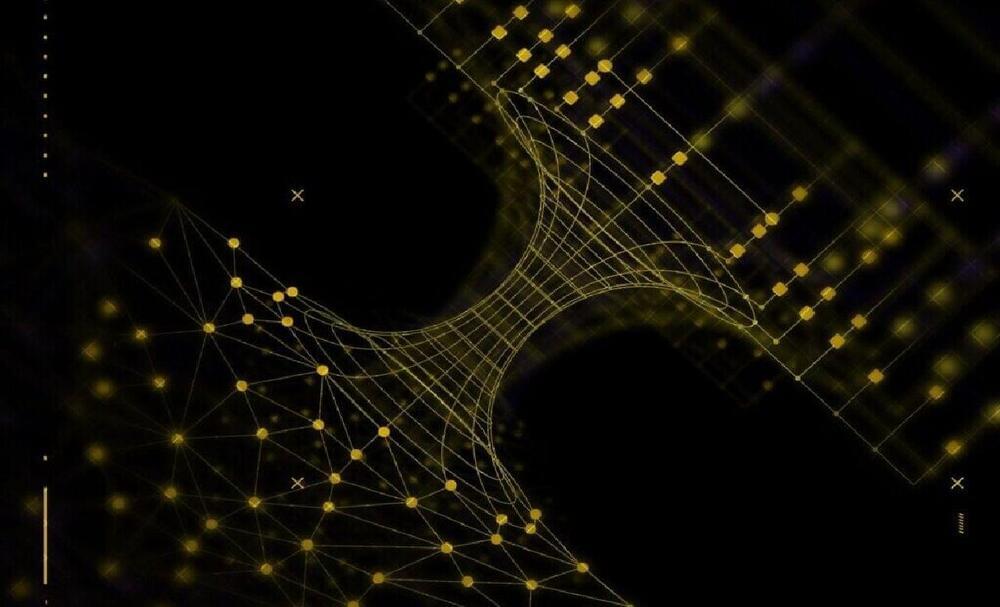
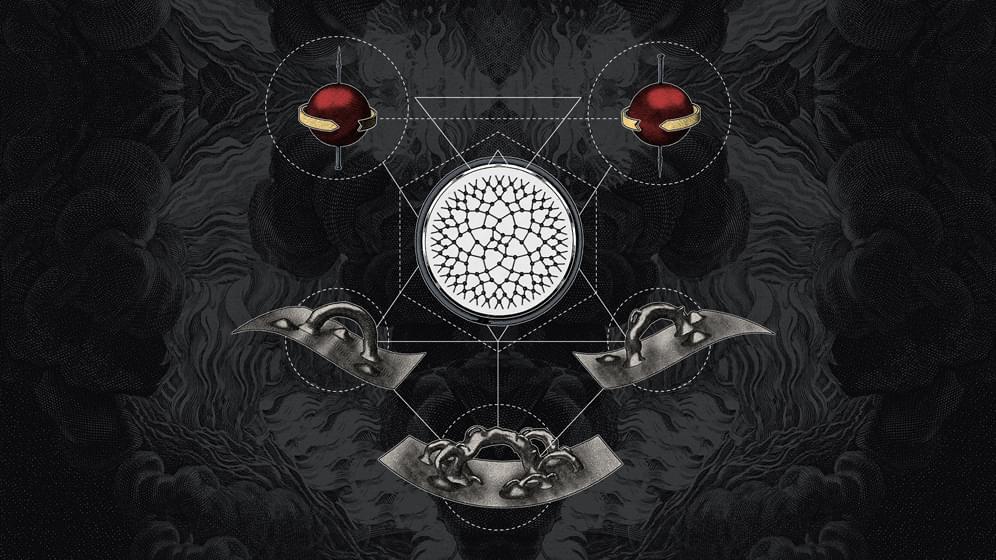
Similarly, entanglement seems to be fundamental to the existence of space-time. This was the conclusion reached by a pair of postdocs in 2006: Shinsei Ryu (now at the University of Illinois, Urbana-Champaign) and Tadashi Takayanagi (now at Kyoto University), who shared the 2015 New Horizons in Physics prize for this work. “The idea was that the way that [the geometry of] space-time is encoded has a lot to do with how the different parts of this memory chip are entangled with each other,” Van Raamsdonk explained.
Inspired by their work, as well as by a subsequent paper of Maldacena’s, in 2010 Van Raamsdonk proposed a thought experiment to demonstrate the critical role of entanglement in the formation of space-time, pondering what would happen if one cut the memory chip in two and then removed the entanglement between qubits in opposite halves. He found that space-time begins to tear itself apart, in much the same way that stretching a wad of gum by both ends yields a pinched-looking point in the center as the two halves move farther apart. Continuing to split that memory chip into smaller and smaller pieces unravels space-time until only tiny individual fragments remain that have no connection to one another. “If you take away the entanglement, your space-time just falls apart,” said Van Raamsdonk. Similarly, “if you wanted to build up a space-time, you’d want to start entangling [qubits] together in particular ways.”
Combine those insights with Swingle’s work connecting the entangled structure of space-time and the holographic principle to tensor networks, and another crucial piece of the puzzle snaps into place. Curved space-times emerge quite naturally from entanglement in tensor networks via holography. “Space-time is a geometrical representation of this quantum information,” said Van Raamsdonk.
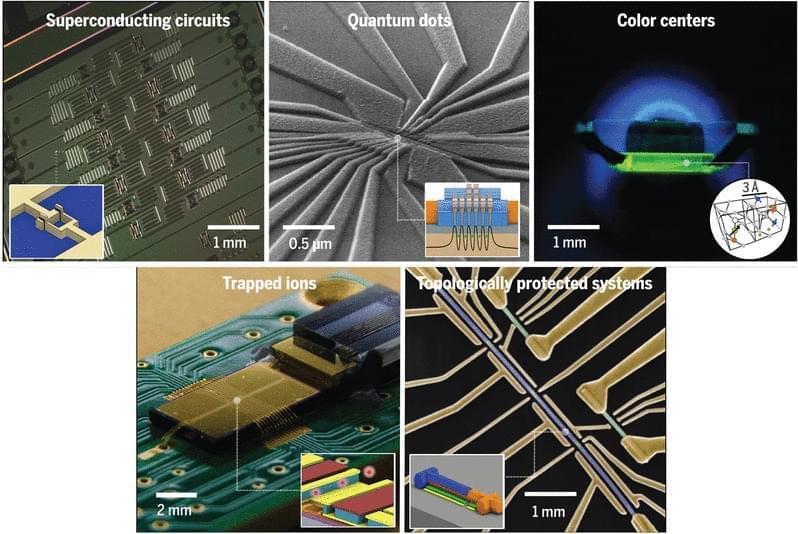
The potential of quantum computers to solve problems that are intractable for classical computers has driven advances in hardware fabrication. In practice, the main challenge in realizing quantum computers is that general, many-particle quantum states are highly sensitive to noise, which inevitably causes errors in quantum algorithms. Some noise sources are inherent to the current materials platforms. de Leon et al. review some of the materials challenges for five platforms for quantum computers and propose directions for their solution.
Science, this issue p. eabb2823.

In a way, entangled particles behave as if they are aware of how the other particle is behaving. Quantum particles, at any point, are in a quantum state of probabilities, where properties like position, momentum, and spin of the particle are not precisely determined until there is some measurement. For entangled particles, the quantum state of each depends on the quantum state of the other; if one particle is measured and changes state, for example, the other particle’s state will change accordingly.
The study aimed to teleport the state of quantum qubits, or “quantum bits,” which are the basic units of quantum computing. According to the study, the researchers set up what is basically a compact network with three nodes: Alice, Charlie, and Bob. In this experiment, Alice sends a qubit to Charlie. Bob has an entangled pair of qubits, and also sends one qubit to Charlie, where it interferes with Alice’s qubit. Charlie projects Alice’s qubit onto an entangled quantum Bell State that transfers the state of Alice’s original qubit to Bob’s remaining qubit.
The breakthrough is notable for a few reasons. Many previous demonstrations of quantum teleportation have proven to be unstable over long distances. For example, in 2016, researchers at the University of Calgary were able to perform quantum teleportation at a distance of six kilometers. This was the world record at the time and was seen as a major achievement.
The science behind “quantum dots”
http://www.fiberoptics4sale.com http://www.fiberoptics4sale.com/wordpress/
VCSEL stands for Vertical Cavity Surface Emitting Laser.
VCSEL emits light in a cylindrical beam vertically from the surface of a fabricated wafer, and offers significant advantages when compared to the conventional edge-emitting lasers currently used in the majority of fiber optic communications devices.
Now let’s take a comparison between conventional edge emitting laser and VCSEL laser.
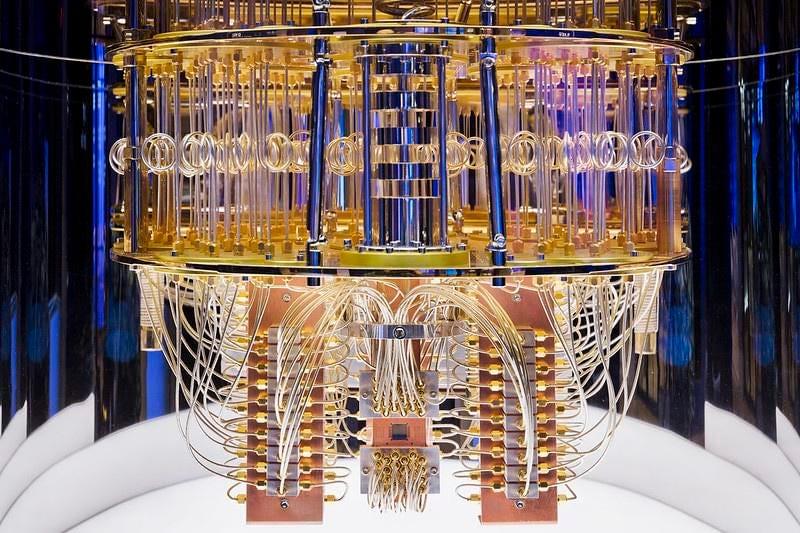
IBM has just announced a partnership with the Government of Quebec to create the Quebec-IBM Discovery Accelerator in Bromont, Quebec. The accelerator will focus on using quantum computing, Artificial Intelligence (AI), and High-Performance Computing (HPC) to develop new projects, business/scientific/academia collaborations, and skills-building initiatives in research areas including energy, life sciences (genomics and drug discovery), new materials development, and sustainability. This is the fourth such center that IBM has announced. The three previously announced partnerships are with Cleveland Clinic, the University of Illinois Urbana-Champaign, and the UK’s Science and Technology Facilities Council Hartree Centre. IBM’s formal mission statement for these Discovery Accelerators is: “Accelerate scientific discovery and societal impact with a convergence of AI, quantum, and hybrid cloud in a community of discovery with research, academic, industry, startup, and government organizations working together.” IBM’s formal mission statement for these Discovery Accelerators is:
“Accelerate scientific discovery and societal impact with a convergence of AI, quantum, and hybrid cloud in a community of discovery with research, academic, industry, startup, and government organizations working together.”
In addition, the company has developed individual mission statements for each of the four Discovery Accelerators: